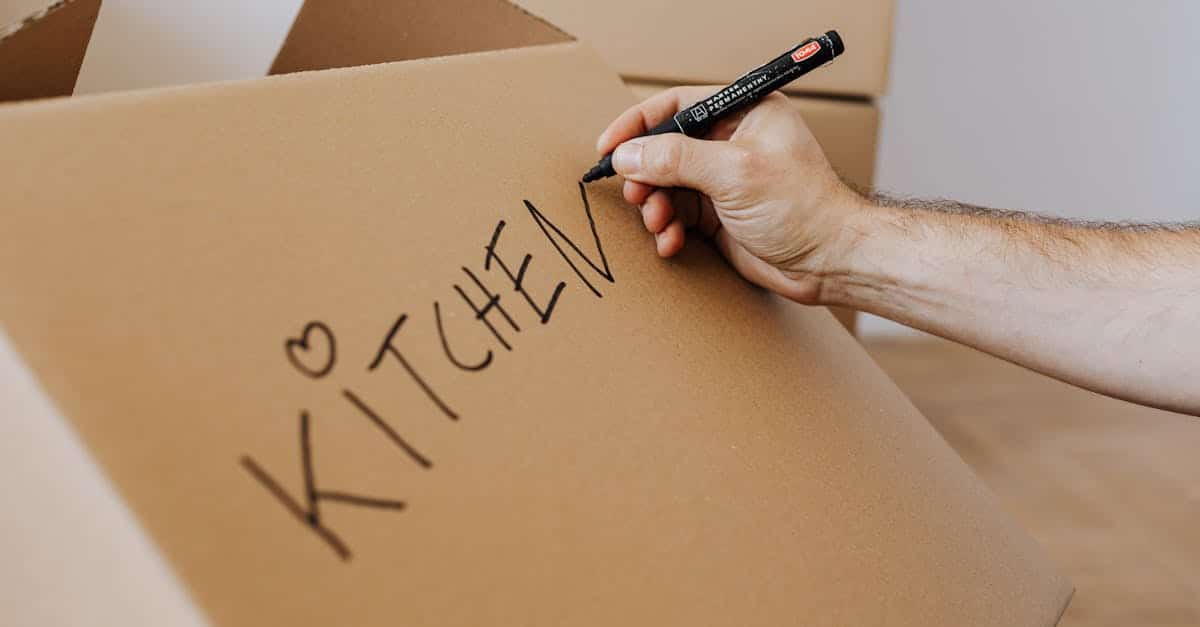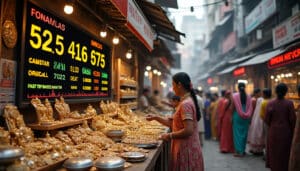Labeling represents an essential approach in enhancing the value of products, particularly in the agri-food sector. It serves as an official recognition of quality, reflecting the know-how of producers and their commitment to adhering to strict regulatory standards. Each label highlights specific characteristics that guarantee superior quality and underscore the identity of the products. To be recognized as a genuine label, it is necessary to establish a specification document, implement independent controls, and be certified by an accredited organization. The stakes related to labeling are multiple, ranging from consumer trust to the improvement of producers’ practices.
Labeling is a process that grants official recognition to the quality of products through a group of operators. In various sectors, especially in agri-food, this approach is crucial for valuing the excellence and know-how of producers. Several quality marks, both at the national and European levels, exist, such as the Label Rouge, controlled designations of origin (AOC), protected designations of origin (AOP), and protected geographical indications (IGP). Additionally, some labels are reserved for specific territories, such as the RUP label for overseas departments and the Péyi product.
Labeling a product involves a methodical approach where its strengths are identified and highlighted. Each distinct product has unique characteristics that showcase the skills of producers and their commitment to complying with current regulations. Moreover, this reflects their capacity to offer superior quality products, which is fundamental for gaining consumer trust.
It is important to note that there are different types of labels, and not all offer the same level of guarantee to the consumer. According to the DGCCRF (Directorate General for Competition, Consumer Affairs and Fraud Control), a label requires the drafting of a specification document that defines the criteria to be met to benefit from labeling. This specification document serves as a conceptual basis that guarantees the transparency and quality of the products.
In addition to the specification document, the implementation of independent controls is an essential requirement. These controls aim to ensure that the defined standards are respected. The presence of a certification body, which must also be independent and accredited by public authorities, reinforces the credibility of the process. Thus, simply displaying a label without the necessary verifications is not sufficient to validate the quality of a product.
On the other hand, a brand that practices self-certification cannot claim to be a label in the strict sense of the term. This distinction is fundamental to prevent abuses and ensure that consumers can make informed choices based on verified information and concrete commitments from producers.
The stakes of labeling are multiple. They promote quality, contribute to the protection of consumers, and foster healthy competition among producers. By using a recognized label, producers can also strengthen their brand image and increase their visibility in the market. This can allow them to access new market opportunities, especially internationally, where label recognition plays a key role in purchasing decisions.
Finally, labeling is an essential element of sustainable development. It encourages environmentally friendly practices and promotes the use of local resources. By encouraging producers to adopt sustainable production methods, labeling contributes to the preservation of ecosystems while responding to the growing demand from consumers for more responsible products.

FAQ on Labeling: Definition and Stakes
What are the types of labels existing in the agri-food sector? There are many official signs of national and European quality, such as Label Rouge, AOC, AOP, and IGP, as well as valorizing mentions reserved for certain territories, like the RUP label and Péyi product.
Why label your products? Labeling your products allows you to identify and highlight their strengths, ensuring that they meet established quality standards.
What are the criteria that determine the quality of a labeled product? The criteria include the know-how of the producers, their ability to comply with regulations, and their aptitude to offer superior quality products.
What are the requirements of a label according to the DGCCRF? The DGCCRF defines that a label must include the drafting of a specification document, the implementation of independent controls, and the use of a certification body accredited by public authorities.
Can a self-certifying brand be considered a label? No, a self-certifying brand is not recognized as a label because it does not meet the requirements for independent certification.











